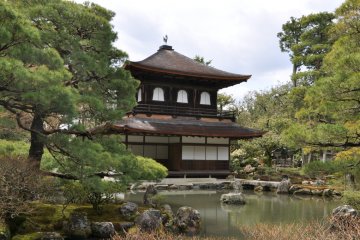
Ginkaku-ji Silver Pavilion Kyoto
Abby RodriguezGingaku-ji lies at the foot of the Eastern Mountain (Higashiyama). It's founder, Ashigaka Yoshimasa intended to spend most of his retired life here.

The Ginkakuji, also known as the“ Silver Pavilion ”, is a Buddhist Zen temple in the Higashiyama area in northeastern Kyoto. The surrounding gardens from the Edo period were designated a special historical site in 1952, and UNESCO took the Ginkakuji together with others Buildings in 1994 in the World Heritage Site Historic Kyoto.
Construction of the complex began in 1482 and was intended to be the retirement home of the then shogun Ashikaga Yoshimasa. However, it was not completed until his death, so it was converted into a temple according to his request. Two buildings have been preserved in their origins, of which the Kannon den is the symbol of the temple and is usually called the "Silver Pavilion", while the Togu-do contains one of the oldest rooms for the tea ceremony. The complex is also known for its moss garden and the extraordinary sand garden known as the “lake of silver sand”.
In contrast to the “Golden Pavilion”, the Ginkakuji is not covered with silver. The name probably came from the similar architecture of the two buildings.
30-minute walk from Demachiyanagi Station on the Keihan Railway
5-minute walk from City Bus Stop Ginkakuji-mae

Gingaku-ji lies at the foot of the Eastern Mountain (Higashiyama). It's founder, Ashigaka Yoshimasa intended to spend most of his retired life here.


The Silver Pavilion was built in 1482 and offers visitors a nice relaxing activity inside the busy city.
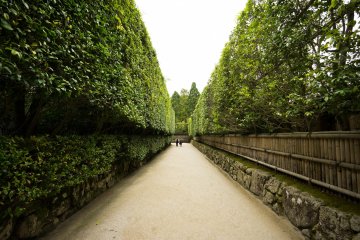
Ginkakuji Temple is also known as the “Silver Pavilion”. However the actual building is not clad in silver! They are other temple buildings in the area and as you walk around you will be able to see moss garden, sand garden, the pond and the temple buildings from different angles. There is a path for you to follow that will lead you in a circular direction. You will also be surprised just how it makes you feel by looking at the sand garden.

Kyoto's Ginkaku: Long ago, the outer walls of the second level were painted pure white, and colorful honeycomb patterns, horizontal stripes, and other patterns were drawn under the eaves! White-colored Ginkaku shined a beautiful silver in the moonlight at that time.
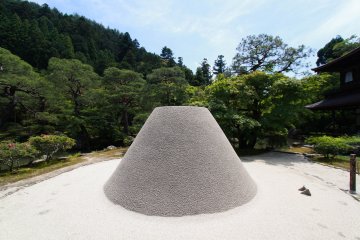
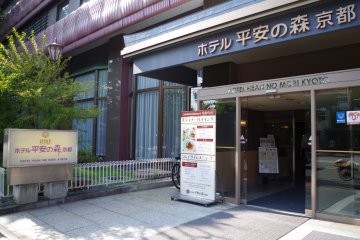
Hotel Heian No Mori Kyoto enchants us with a tranquil atmosphere.

Perched on the hills of Higashiyama, relax in this retreat of calm and comfort amongst a beautiful Japanese garden

This fully renovated hotel escorts guests into one of the most luxurious Kyoto experiences ever. Not only Kyoto locals, but Japanese from anywhere in the country will praise this meticulously designed and authentic villa.

The Yojiya Café at Ginkakuji is one you must visit in Kyoto to enjoy the atmosphere and try their array of drinks and sweets.

Yojiya Cafe สาขาที่ควรเข้ามาสัมผัสบรรยากาศและลิ้มลองรสชาติของขนมพร้อมเครื่องดื่มเป็นที่สุด
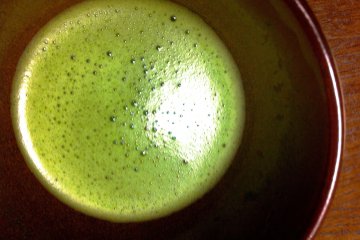
Emi's cooking class, like the crescendo in a movie soundtrack, takes on a life of its own at the Kyoto Uzuki Cooking Class.

The Philosopher's Path (哲学の道, Tetsugaku no michi) is a pedestrian path following a canal lined by cherry trees between Ginkaku-ji and Nanzen-ji. The path earned its name because an influential 20th century philosopher, Nishida Taro, is thought to have used it for daily meditation.
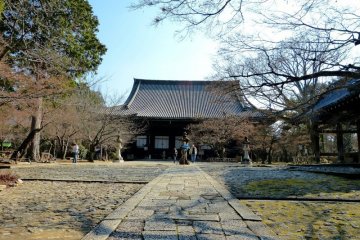
Shinshōgokuraku-ji or Shinnyo-dō is a Buddhist Tendai temple in Kyoto. It was established in 984 AD by Kaisan Shonin. In its name, gokuraku means Sukhāvatī, a paradise. [Wikipedia]
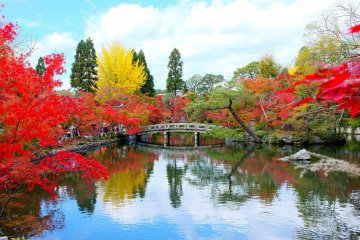
Eikando Temple (永観堂), formerly known as Zenrin-ji temple, was established in 853 and is the head temple for the Seizan branch of Japan's Jōdo-shū Buddhist sect. The temple is known for its autumn scenery.